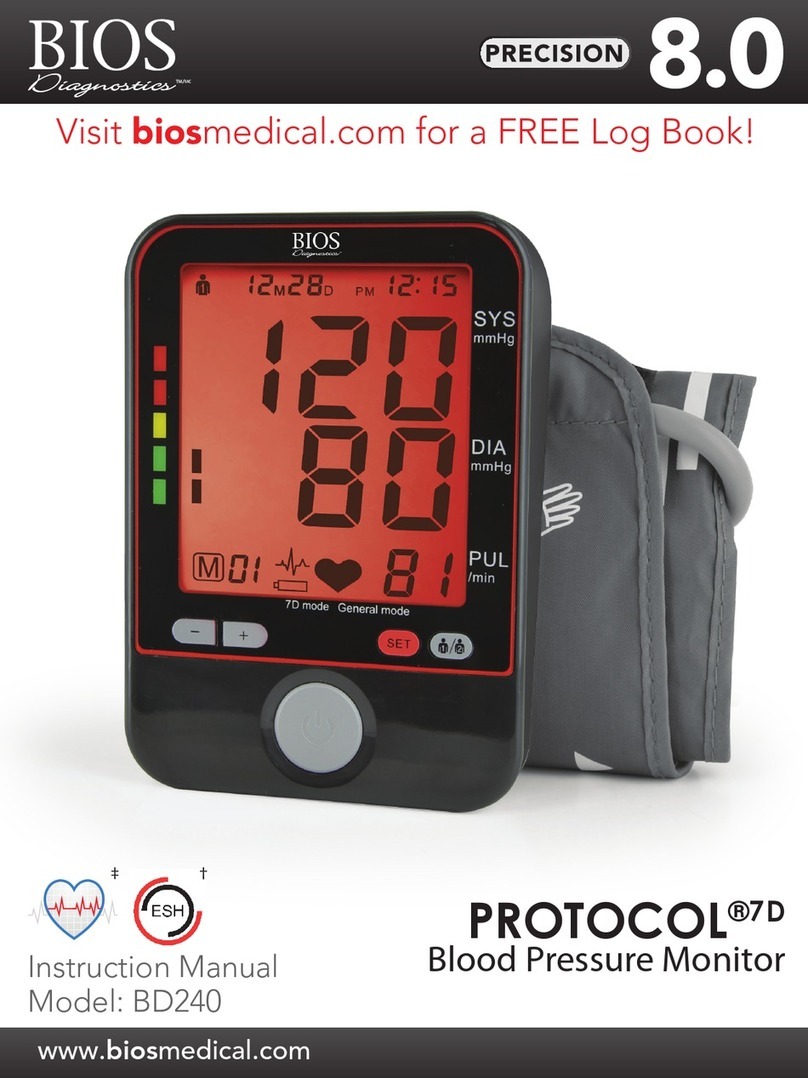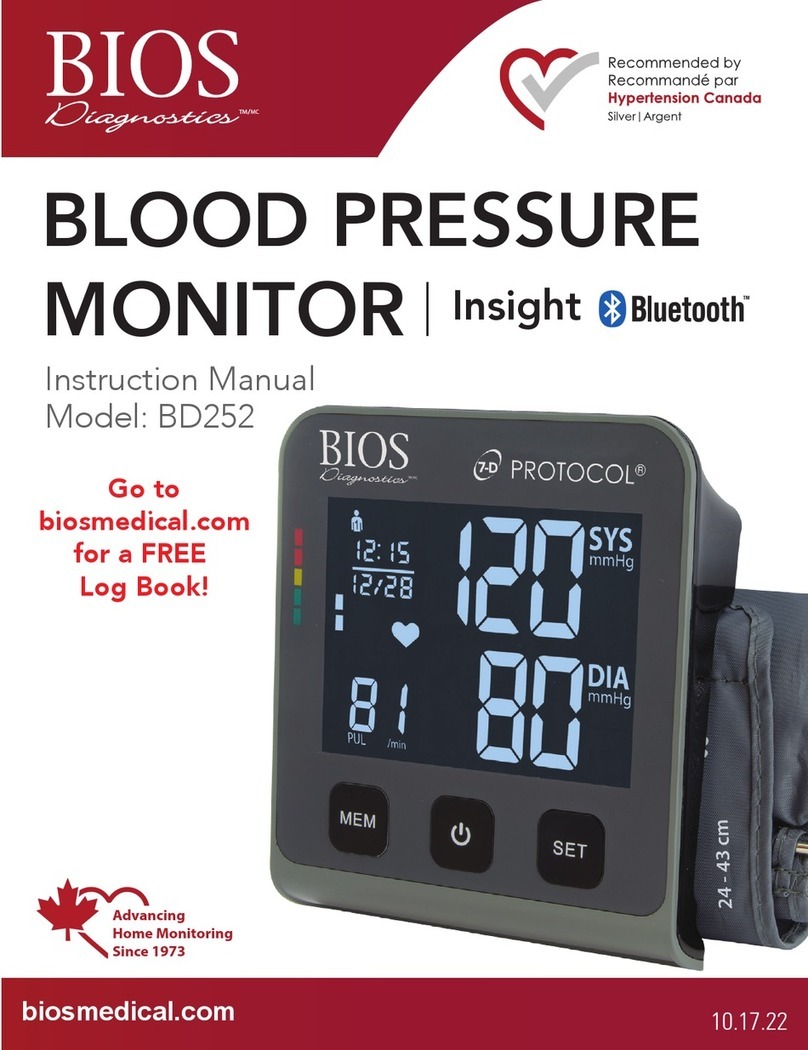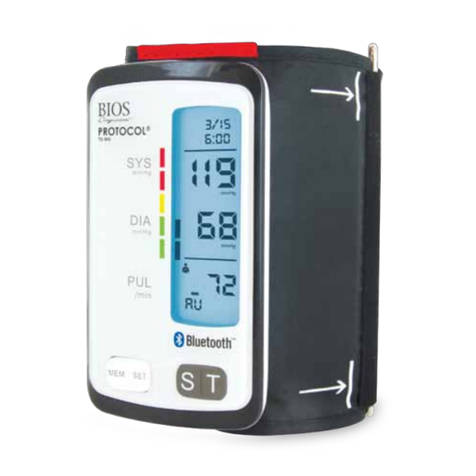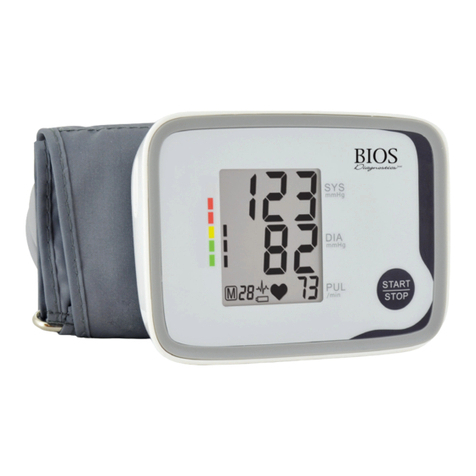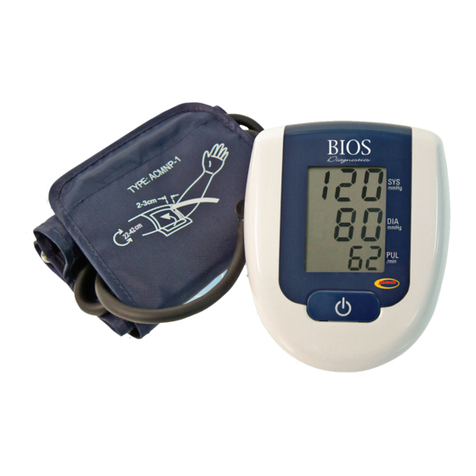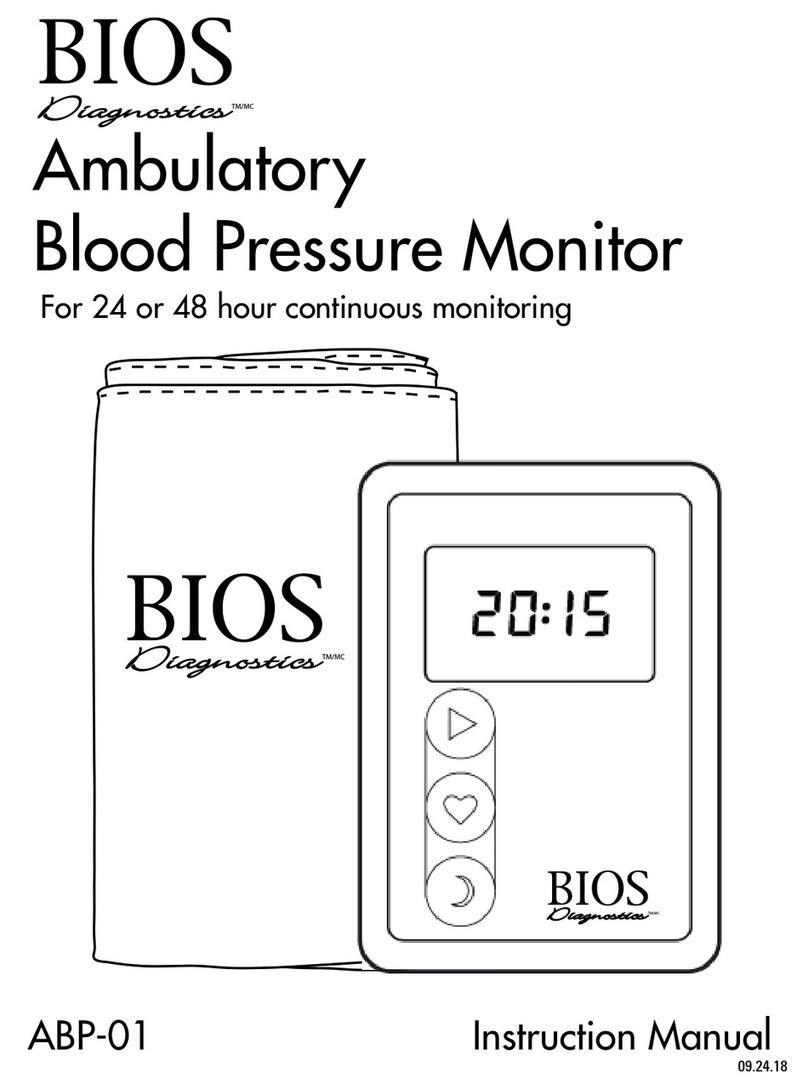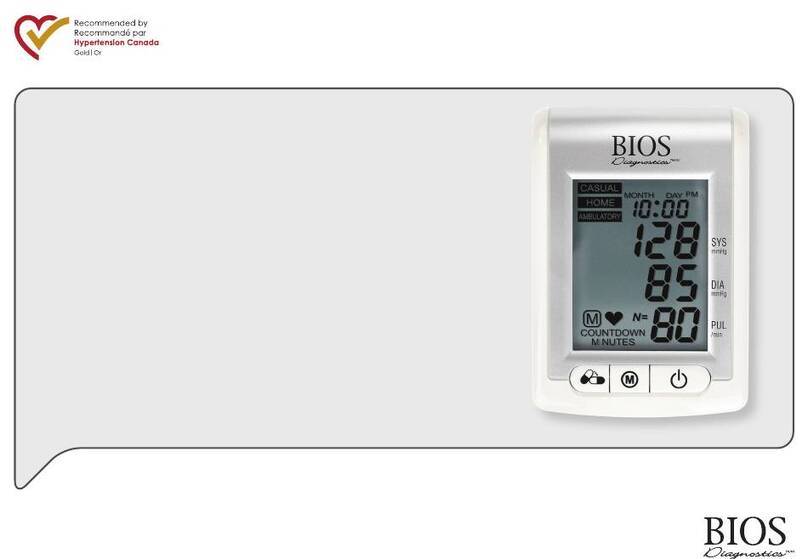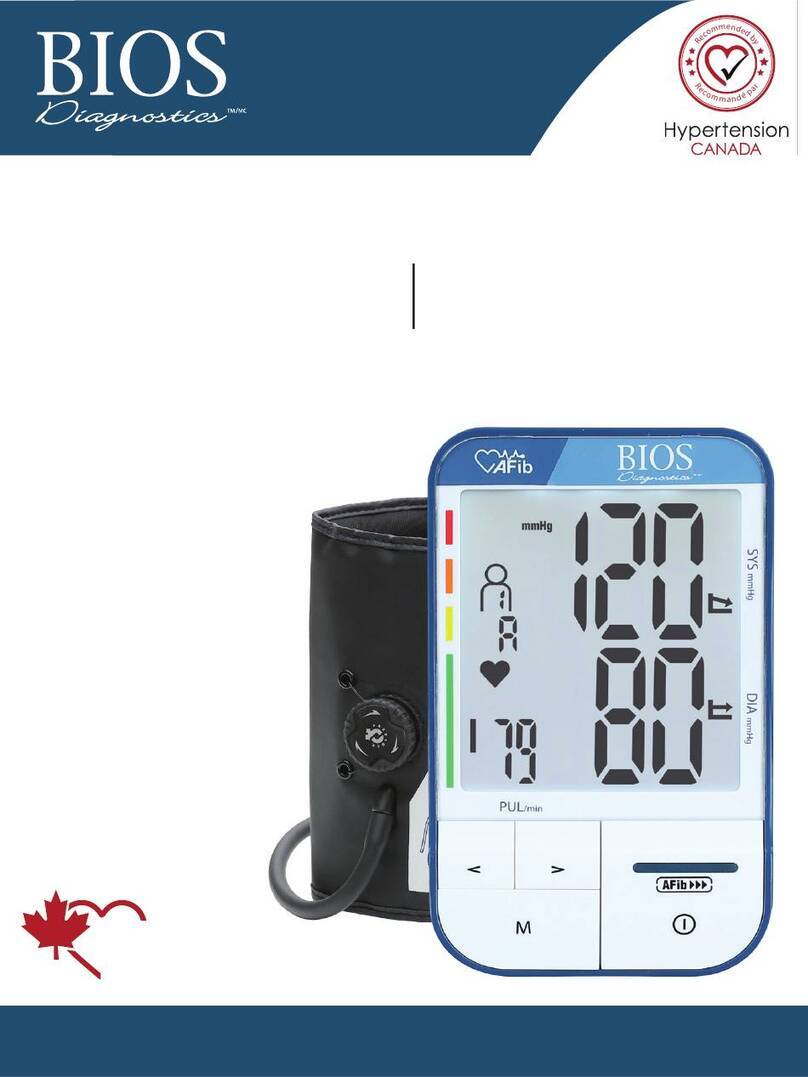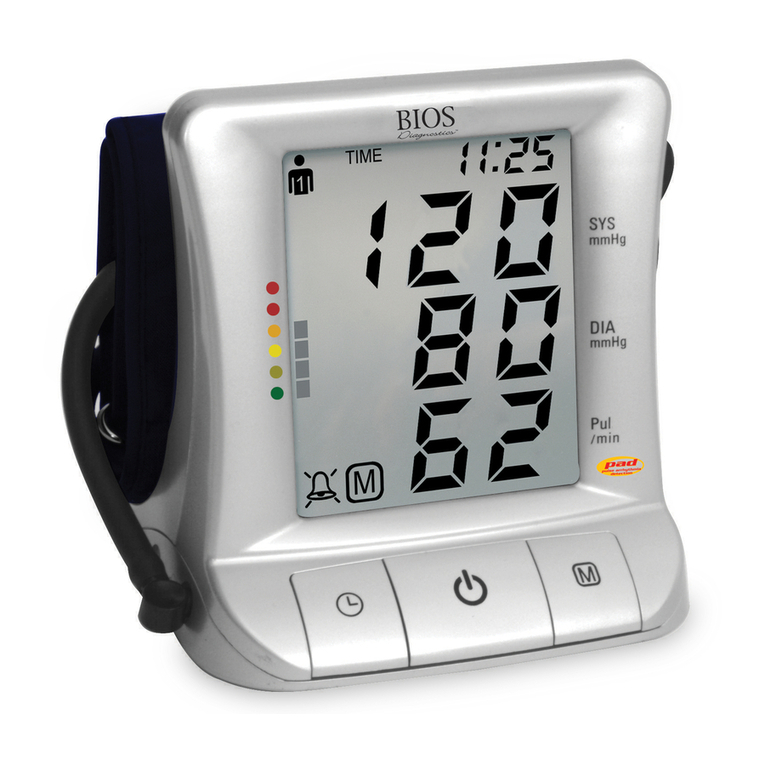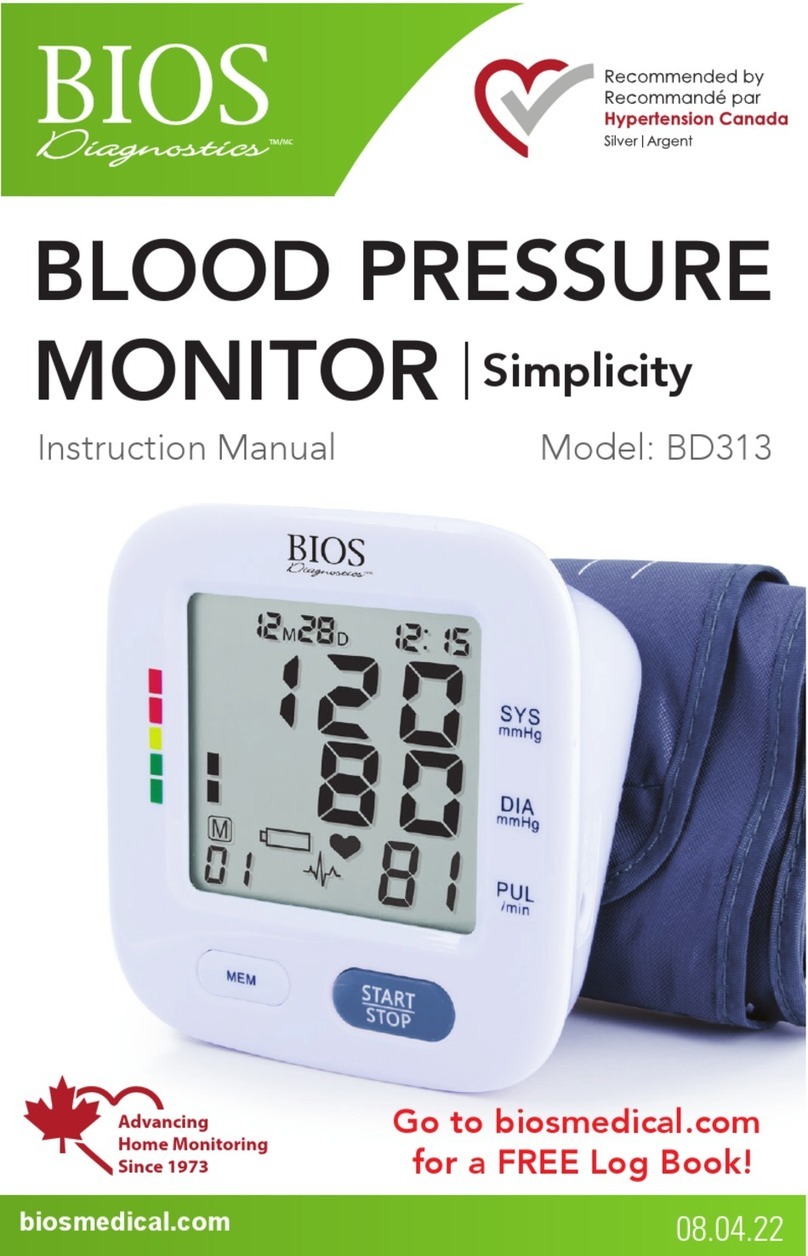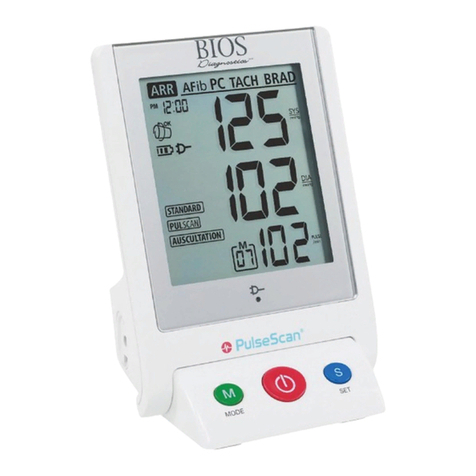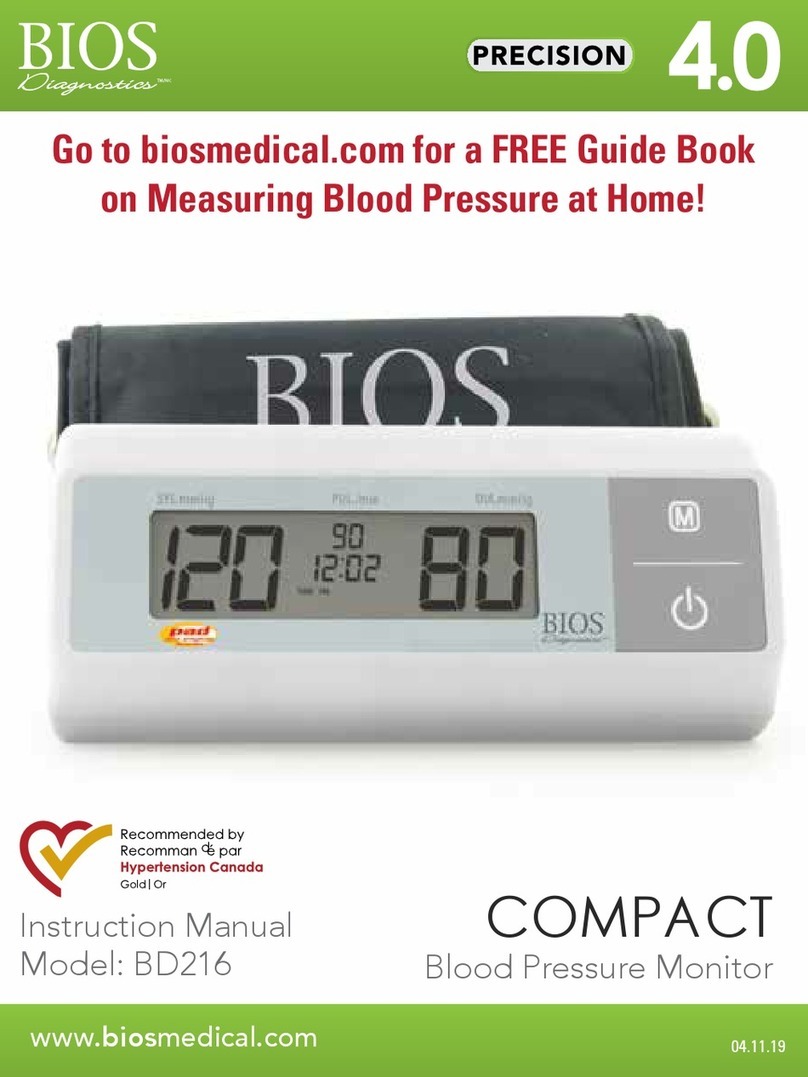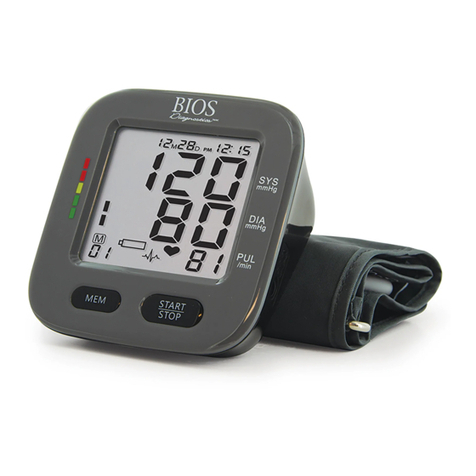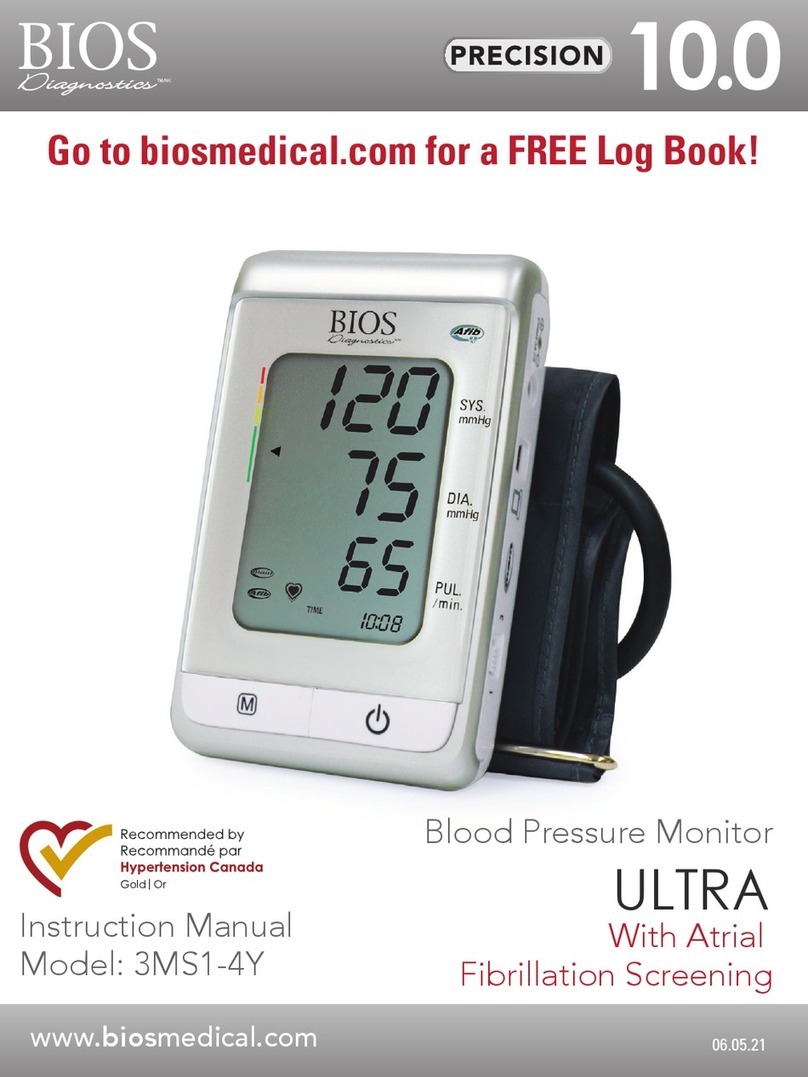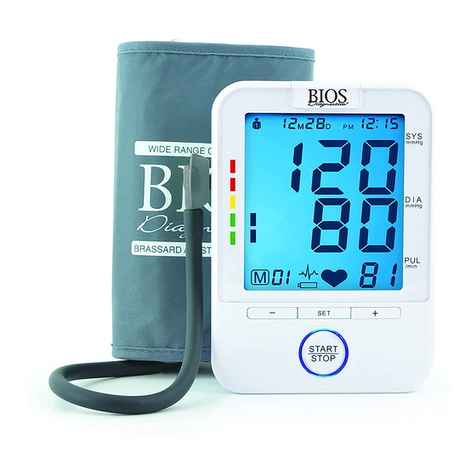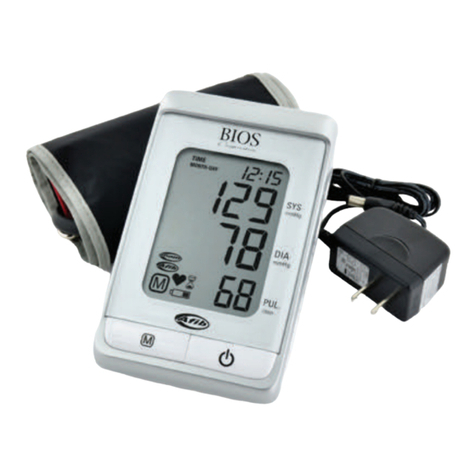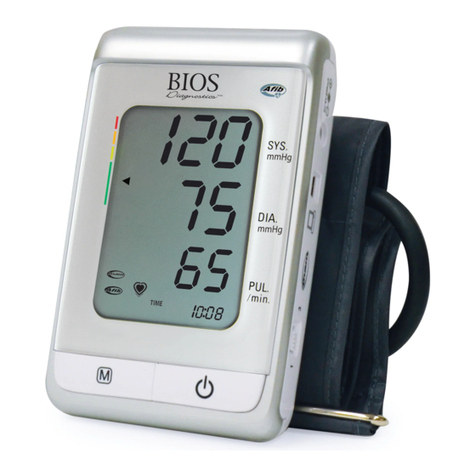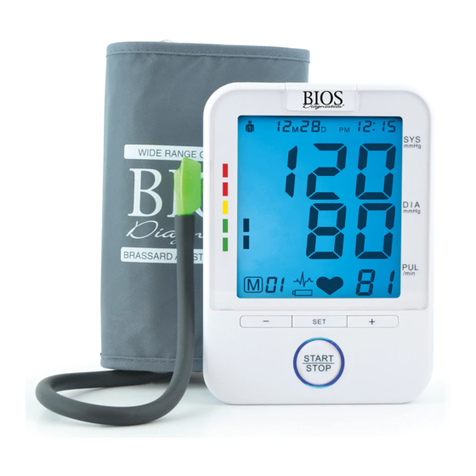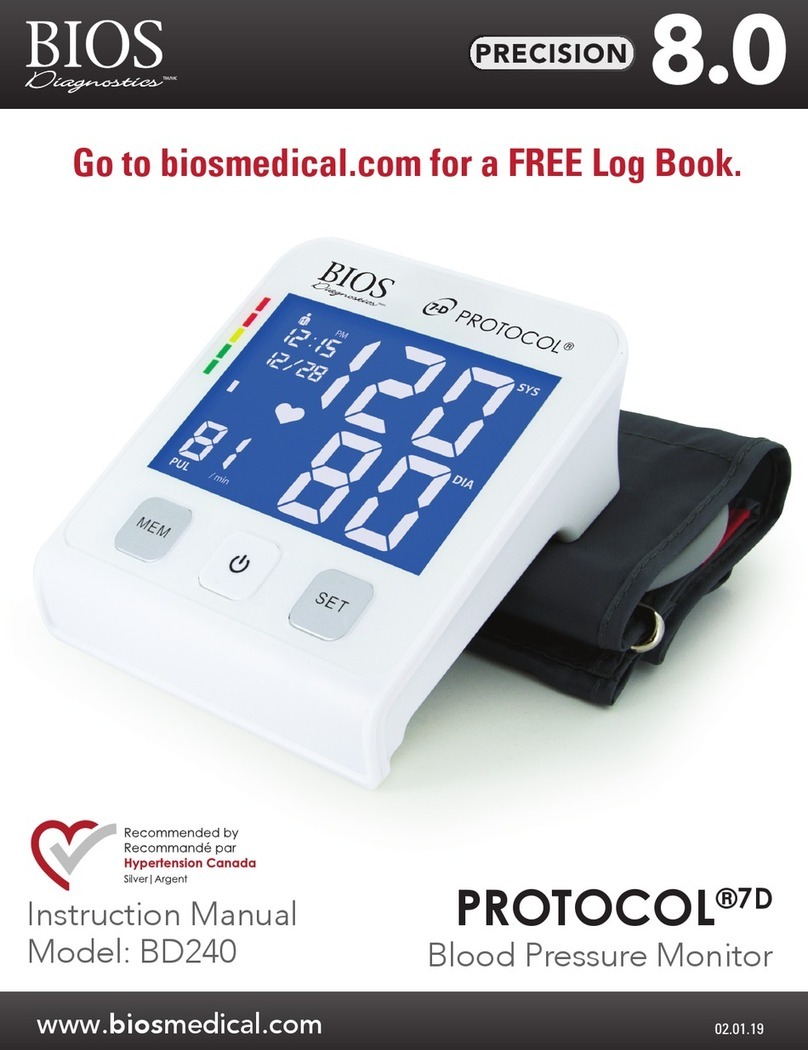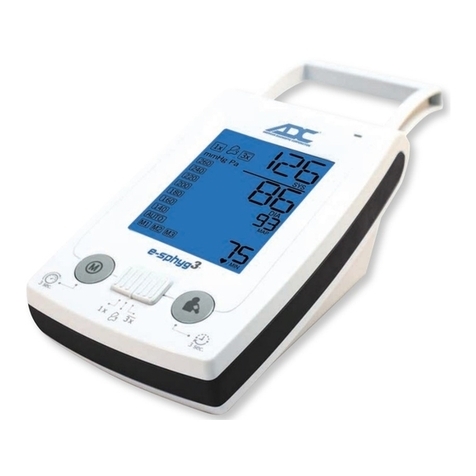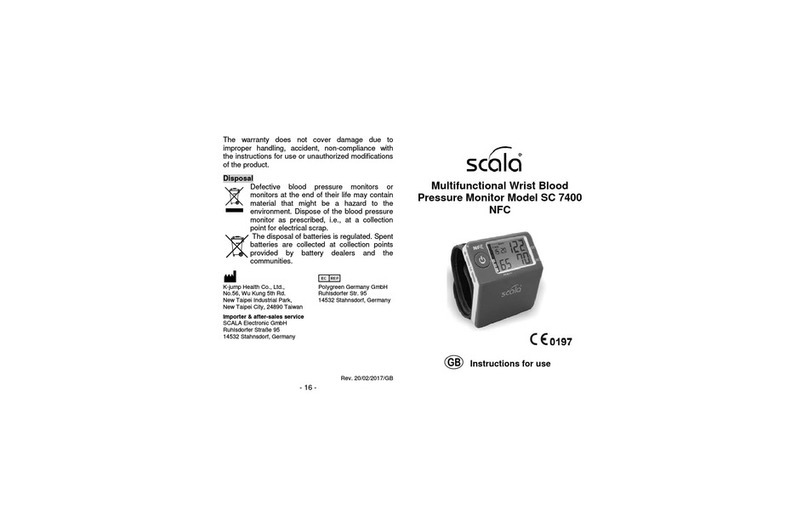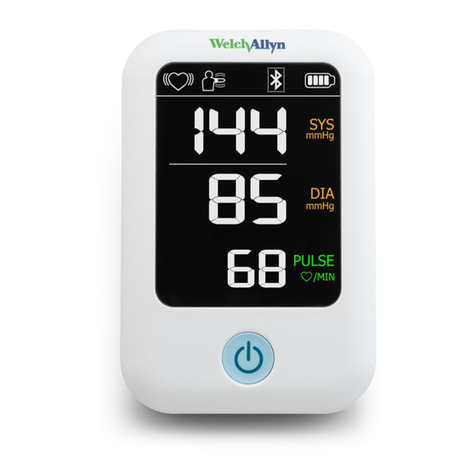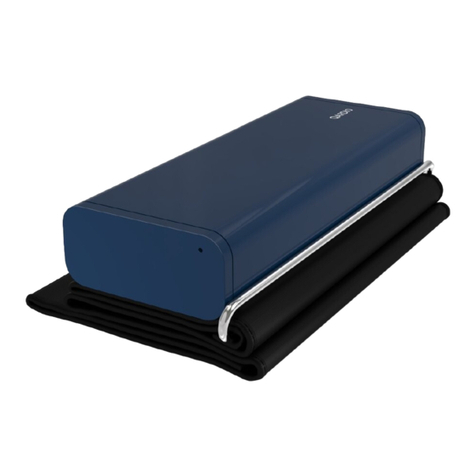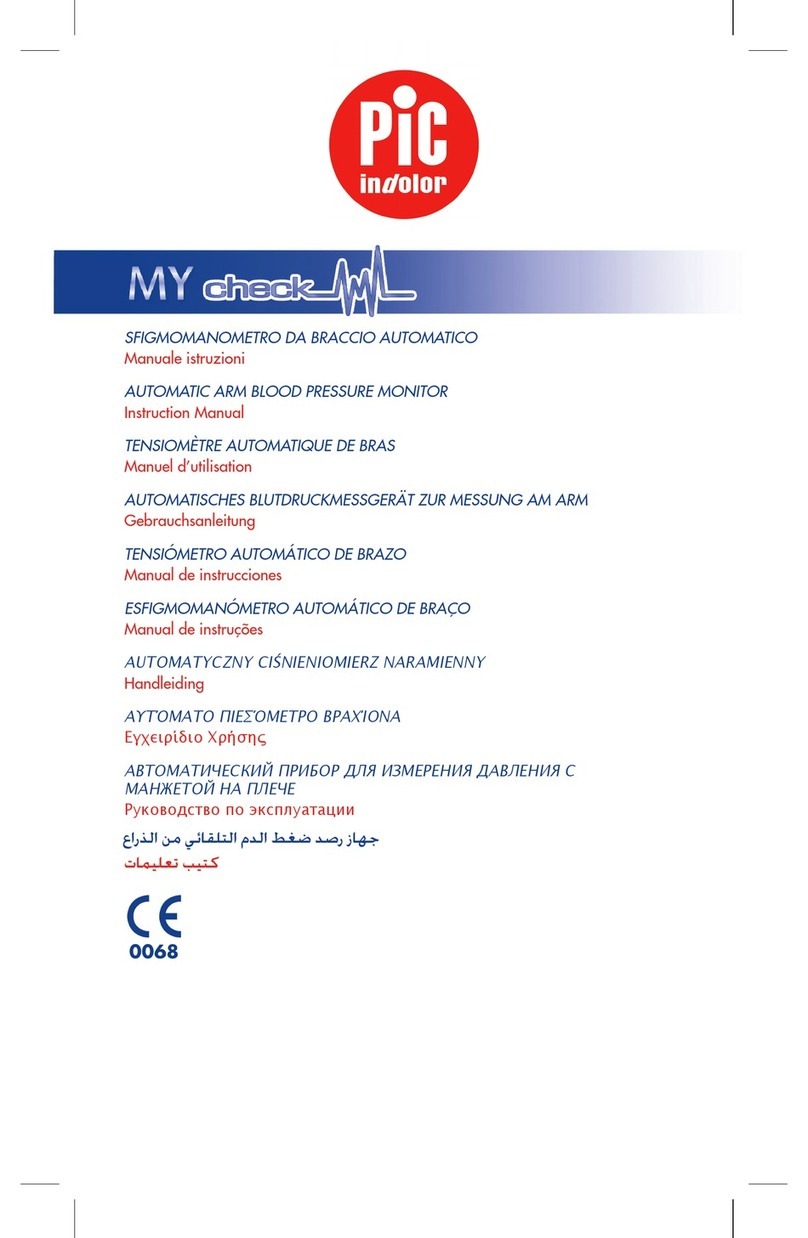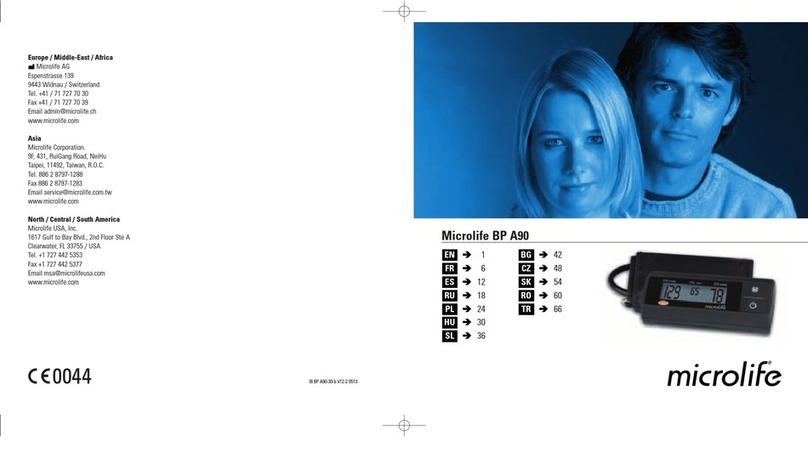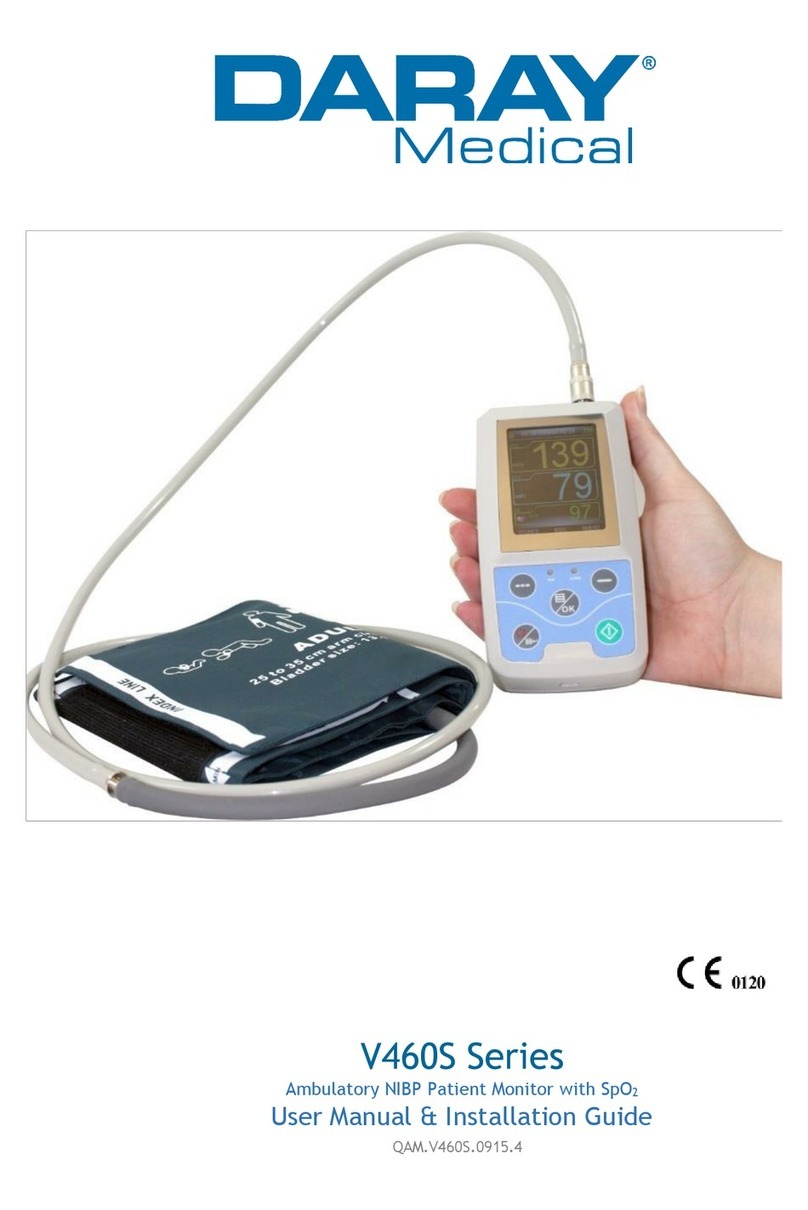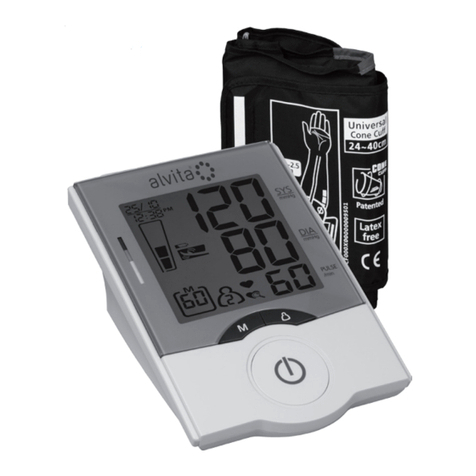
• Yourbloodpressuredependsonseveralfactors,suchasage,gender,weight,andphysicalcondition.Italso
depends on the environment and your state of mind at the time of measurement. In general, your blood
pressure is lower when you are asleep and higher when you are active. Your blood pressure may be higher
when recorded at a hospital or a clinic and may be lower when measured in the relaxing comfort of your
home. Due to these variations, we recommend that you record your blood pressure regularly at home as well
as at your doctor’s clinic.
• Trytorecordyourbloodpressureregularlyatthesametimeofthedayandunderthesameconditions.Thiswill
help your physician detect any extreme variations in your blood pressure and thus treat you accordingly.
•MorningHypertension(>135/85mmHg):Recently,severalstudieshaveidentiedelevatedcardiovascular
risks (heart failure, stroke, angina) associated with “morning hypertension”. There is a typical rise in blood
pressure during the physiological changes from sleep to arising for the day.
• Theidealtimetomeasureyourbloodpressureisinthemorningjustafteryouwakeup,beforebreakfast
and any physical activity, and in the absence of the urge to urinate. If this is not possible, try to take the
measurements later in the morning, before you start any physical activity. Relax for a few minutes before you
record your blood pressure.
• Yourbloodpressureincreasesordecreasesunderthefollowingcircumstances:
Blood pressure is higher than normal:
— When you are excited, nervous, or tense
— While taking a bath
— During and after exercise or strenuous physical activity
— When it is cold
— Within one hour after meals
— After drinking tea, coffee, or other caffeinated drinks
— After smoking tobacco
— When your bladder is full
Blood pressure is lower than normal:
— After consuming alcohol
— After taking a bath
• Thepulsedisplayisnotsuitableforcheckingthefrequencyofheartpacemakers.
• Ifyouhavebeendiagnosed with a severe arrhythmia or irregular heartbeat, vascular constriction, liver
disorders, or diabetes, have a cardiac pacemaker, or are pregnant, measurements made with this instrument
should only be evaluated after consultation with your doctor.
• Takecarewhilehandlingthebatteriesinthedevice.Incorrectusagemaycausebatteryuidleakage.
To prevent such accidents, refer to the following instructions:
— Insert batteries with the correct polarity
— Turn off power after use. Remove and store the batteries if you are not planning to use the device
for an extended period of time
— Do not mix different types, brands, or size of batteries. This may cause damage to the product
— Do not mix old and new batteries
— Remove batteries and dispose of them according to the proper regulations in your area
— Do not disassemble batteries or expose them to heat or fire
— Do not short-circuit the batteries
— Do not use rechargeable batteries




















